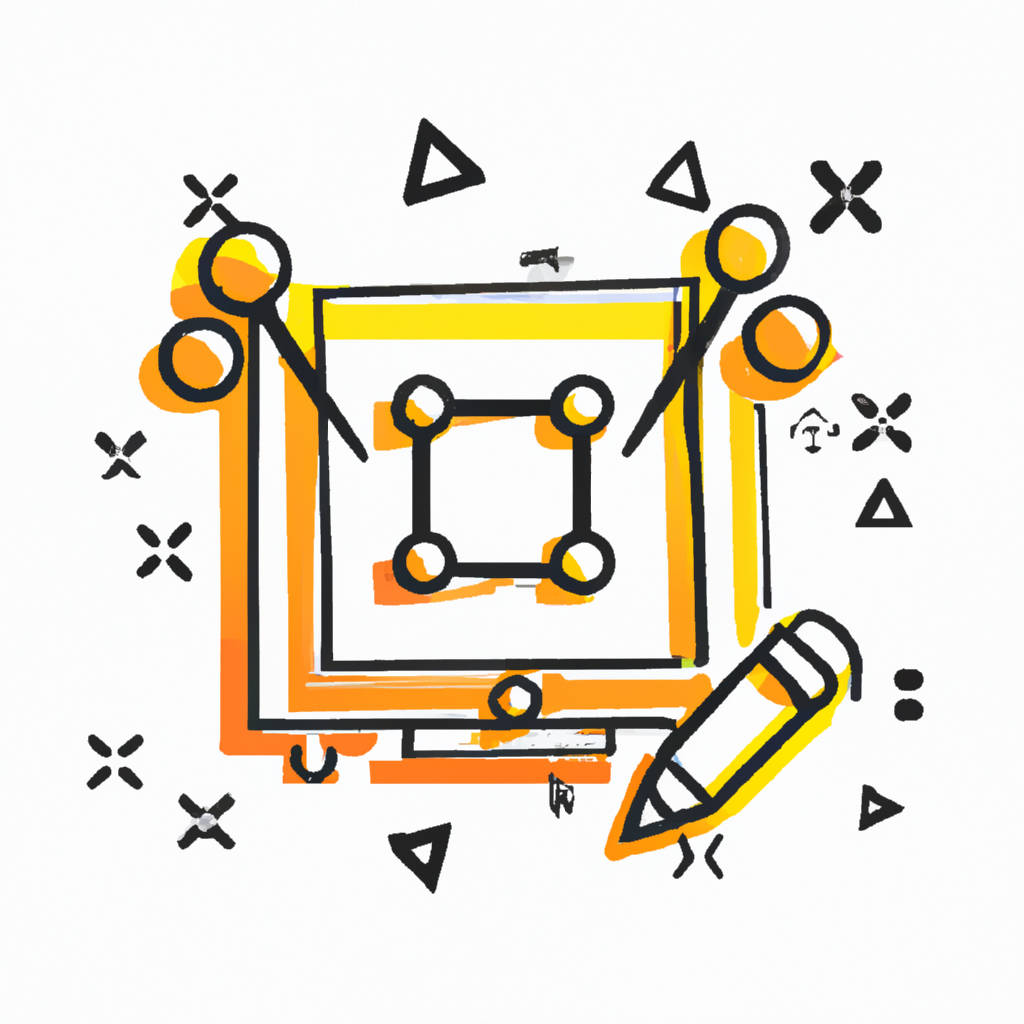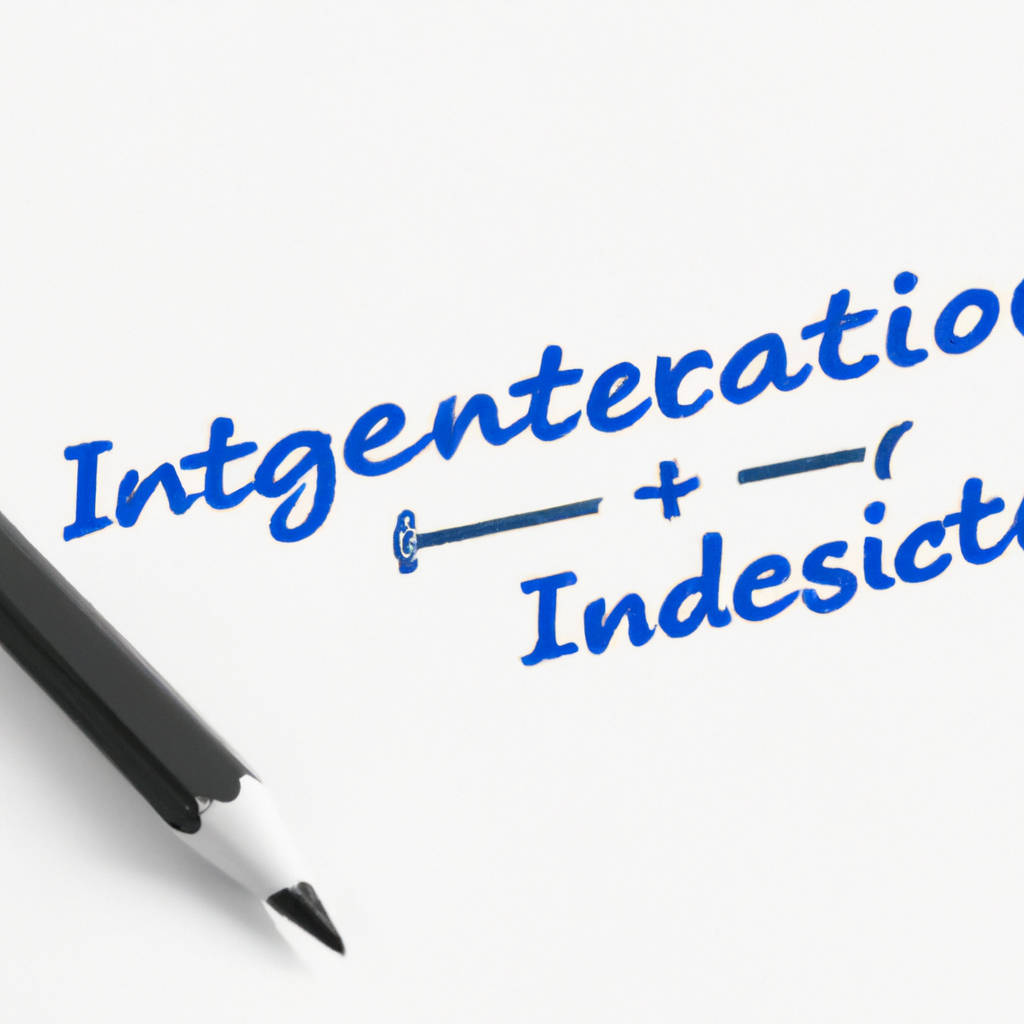Web design software tools are essential for anyone looking to build a website. These tools can help you create a professional-looking site without the need for extensive coding knowledge. Some popular web design software tools include Wix, WordPress, and Adobe Dreamweaver.
Wix is a user-friendly platform that allows users to drag and drop elements to create their website. WordPress is a versatile tool that offers a wide range of themes and plugins to customize your site. Adobe Dreamweaver is a more advanced tool that allows for more customization and control over the design of your website.
These software tools make it easy for anyone to build a website, whether you are a beginner or an experienced web designer. By using these tools, you can create a visually appealing and functional website that will help you establish a strong online presence.

Introduction to Free Web Design Software
Free web design software is a valuable tool for those looking to create their own websites without the need for expensive programs or professional assistance. These programs offer a range of features and tools that allow users to design and customize their websites with ease.
From simple drag-and-drop interfaces to more advanced coding options, free web design software caters to users of all skill levels. Some popular examples of free web design software include WordPress, Wix, and Weebly. These platforms offer templates, themes, and plugins that make it easy to create a professional-looking website in no time. Additionally, many free web design software options offer tutorials and customer support to help users navigate the design process.
Whether you’re looking to create a personal blog, an online portfolio, or a business website, free web design software provides the tools you need to bring your vision to life. With the growing demand for online presence, having access to user-friendly and cost-effective web design software can be a game-changer for individuals and businesses alike. So, if you’re looking to dip your toes into the world of web design, consider exploring the many free options available to get started on your next project.
Visual Editors for Easy Designing
Visual editors are a popular tool for those looking to easily design websites, graphics, and other visual content. These editors typically offer a user-friendly interface that allows individuals to create visually appealing designs without the need for advanced technical skills.
With drag-and-drop functionality, customizable templates, and a wide range of design elements to choose from, visual editors make it simple for users to bring their creative visions to life. Whether you’re a small business owner looking to create a professional website, a marketer wanting to design eye-catching social media graphics, or a blogger hoping to add visual flair to your posts, visual editors provide a convenient and efficient way to achieve your design goals.
Additionally, many visual editors offer collaboration features that allow multiple users to work on a design project simultaneously, making it easy to share ideas and feedback in real-time. Overall, visual editors are a valuable tool for anyone looking to create visually engaging content without the need for extensive design experience or expertise.

Coding and Development Tools
Coding and development tools are essential for programmers and developers to efficiently create and maintain software applications. These tools range from text editors and integrated development environments (IDEs) to version control systems and debugging tools. IDEs like Visual Studio and Eclipse provide a comprehensive environment for writing, compiling, and debugging code, while text editors like Sublime Text and Atom offer a lightweight and customizable option for coding. Version control systems like Git allow developers to track changes to their codebase and collaborate with others on projects.
Debugging tools such as Chrome DevTools and Firebug help identify and fix errors in code, ensuring that applications run smoothly. Additionally, libraries and frameworks like React and Angular provide pre-written code that developers can use to speed up the development process. Overall, coding and development tools are essential for streamlining the software development process and ensuring that applications are built efficiently and effectively.
Without these tools, developers would face significant challenges in writing and maintaining code, leading to slower development cycles and lower-quality software. As technology continues to evolve, new tools and technologies are constantly being developed to help developers stay ahead of the curve and create innovative solutions to complex problems. By staying up-to-date with the latest coding and development tools, programmers can enhance their skills and produce cutting-edge applications that meet the demands of the modern digital landscape.
Integration and Compatibility Features
Integration and compatibility features are essential for ensuring that different systems, applications, or technologies can work together seamlessly. These features allow for the smooth exchange of data and information between various platforms, making it easier for users to access and utilize different tools and resources.
By incorporating integration and compatibility features into software or hardware, businesses can streamline their operations, improve efficiency, and enhance collaboration among team members. Additionally, these features help organizations adapt to changing technologies and market trends, ensuring that they remain competitive and relevant in today’s fast-paced digital landscape.
Whether it’s integrating new software with existing systems or ensuring that hardware devices can communicate effectively with each other, integration and compatibility features are crucial for driving innovation and growth. Ultimately, by prioritizing these features, businesses can optimize their workflows, enhance user experience, and achieve greater success in an increasingly interconnected world.

User-Friendly Interface Designs
User-friendly interface designs are essential for creating a positive user experience. A well-designed interface should be intuitive, easy to navigate, and visually appealing. It should guide users through the application or website seamlessly, allowing them to complete tasks efficiently and without frustration.
By incorporating clear labels, consistent layouts, and logical navigation paths, designers can help users quickly understand how to interact with the interface and find the information they need. Additionally, using familiar design patterns and conventions can also enhance usability, as users will already be familiar with how to interact with similar interfaces.
Ultimately, user-friendly interface designs are crucial for creating a positive impression of a product or service, as users are more likely to engage with and return to platforms that are easy and enjoyable to use. By prioritizing user experience and incorporating user feedback into the design process, designers can create interfaces that are not only visually appealing but also functional and user-friendly. In today’s digital age, where competition is fierce and user attention spans are short, having a user-friendly interface design can make all the difference in attracting and retaining users.
Conclusion
In conclusion, it is important to consider the consequences of our actions and decisions. It is crucial to think about the impact that our choices have on ourselves and others. We must strive to make choices that are ethical and considerate of the well-being of those around us. It is also important to remember that our actions have the power to shape the world around us, for better or for worse.
Therefore, it is essential to always act with integrity and empathy towards others. Ultimately, the way we choose to conduct ourselves reflects our values and principles. By making thoughtful and conscientious decisions, we can contribute to a more harmonious and just society. In conclusion, it is imperative to always be mindful of the repercussions of our actions and strive to make choices that align with our moral compass.
